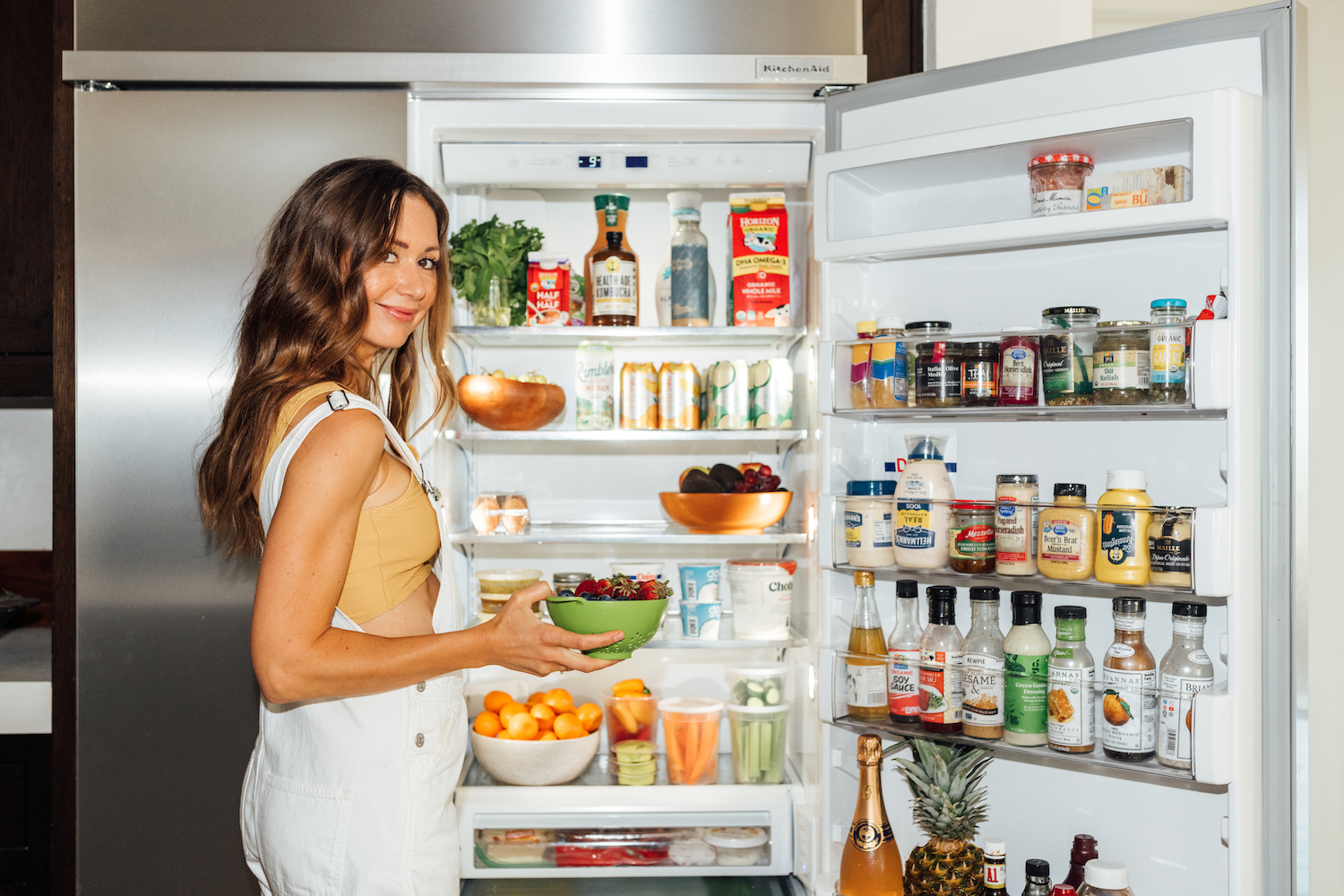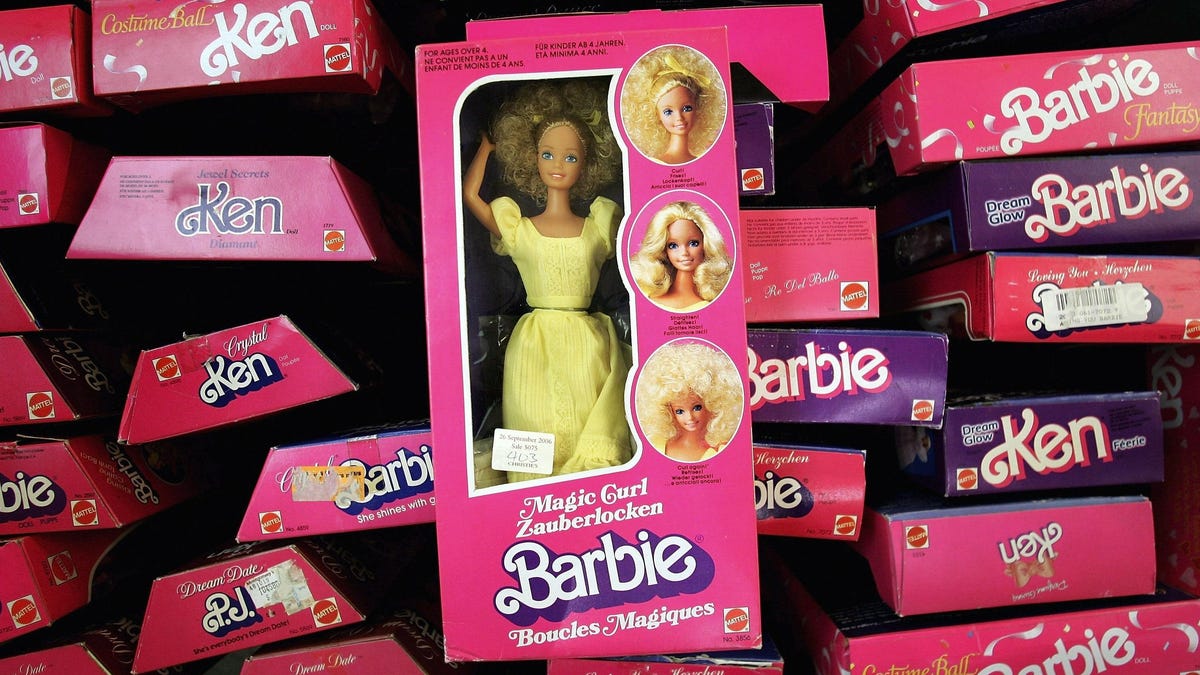TikTok Myth of the Week: There's Plastic on Your Lettuce
The industrial-scale systems that grow and process our food can be strange and scary sometimes. But as we saw with myths like “whitened” milk and McDonald’s worm burgers, our imaginations run wilder than the truth. The latest urban legend...

The industrial-scale systems that grow and process our food can be strange and scary sometimes. But as we saw with myths like “whitened” milk and McDonald’s worm burgers, our imaginations run wilder than the truth. The latest urban legend about food? Plastic coating our lettuce.
There are tons of videos on TikTok, from different people, peeling a layer of what appears to be plastic off their lettuce. (Note that this is no relation to the mesmerizing videos of people making plastic models of lettuce.) What’s really going on?
Why do people think there is plastic on their lettuce?
In these videos, the person usually explains to the camera how they bought their lettuce at a store, maybe they washed it ahead of time—you know, normal stuff. And then they show that the lettuce has this on it. They scratch with a fingernail and a thin, clear layer starts peeling off. It often stretches as they pull, and it rips as they peel it.
That’s not quite how plastic typically behaves, but it’s definitely not a normal feature of lettuce. All of the videos I found seemed to show romaine lettuce, specifically, and the “plastic” layer usually starts peeling right around or next to the central rib. (And they tend to be set to that “oh no, oh no no no” sound clip.)
Perhaps inspired by the peeling-plastic videos, there’s also a video of somebody claiming a lettuce leaf is “melting” like plastic when exposed to the heat of a lighter. (It’s wilting. Wet leaves don’t burn, but they do get soft when exposed to heat, as you might know if you have ever cooked one.) The same TikToker also claims that Wendy’s lettuce being “hybrid” means that it is GMO. That’s not what that any of those words mean.
What’s actually going on
No plastic-related conspiracy is necessary to explain any of this. There’s an obvious answer, even without getting to the big questions about plausibility. (Why would they coat lettuce leaves in plastic? How would they coat lettuce leaves in plastic, even the ones on the inside of the bunch?)
The big secret of thin, peeling transparent layers on lettuce leaves is actually talked about openly within a sinister cabal we might call the lettuce farming community. It turns out to be a completely normal (if undesirable) thing that happens to lettuce all the time.
“Freeze injury on mature lettuce is expressed as blistering and peeling of the epidermis followed by browning of the tissues,” the University of California Cooperative Extension writes in their guide to leaf lettuce production. (The leaves in the TikTok videos have gotten to the peeling stage, but not browning yet.)
Here is a video of a lettuce farmer showing the blistering and epidermal peeling of lettuce that has been briefly exposed to freezing temperatures in the field. Workers will do their best to remove leaves that have visible blistering or peeling before they are sent to consumers, but when a whole field of lettuce has a peeling epidermis, they may not be able to spot all of the affected leaves.
Videos of people claiming to find “plastic” on their lettuce are older than TikTok, by the way. Snopes wrote about this phenomenon in 2018, and quoted a source debunking similar videos from 2012. Lettuce peels when it freezes, and sometimes the peeling leaves make it to the grocery store. Fortunately, this peeling is a “purely cosmetic defect” that does not affect the lettuce’s flavor—so you can go ahead and put that lettuce back on your burger, and eat it.

 KickT
KickT 































